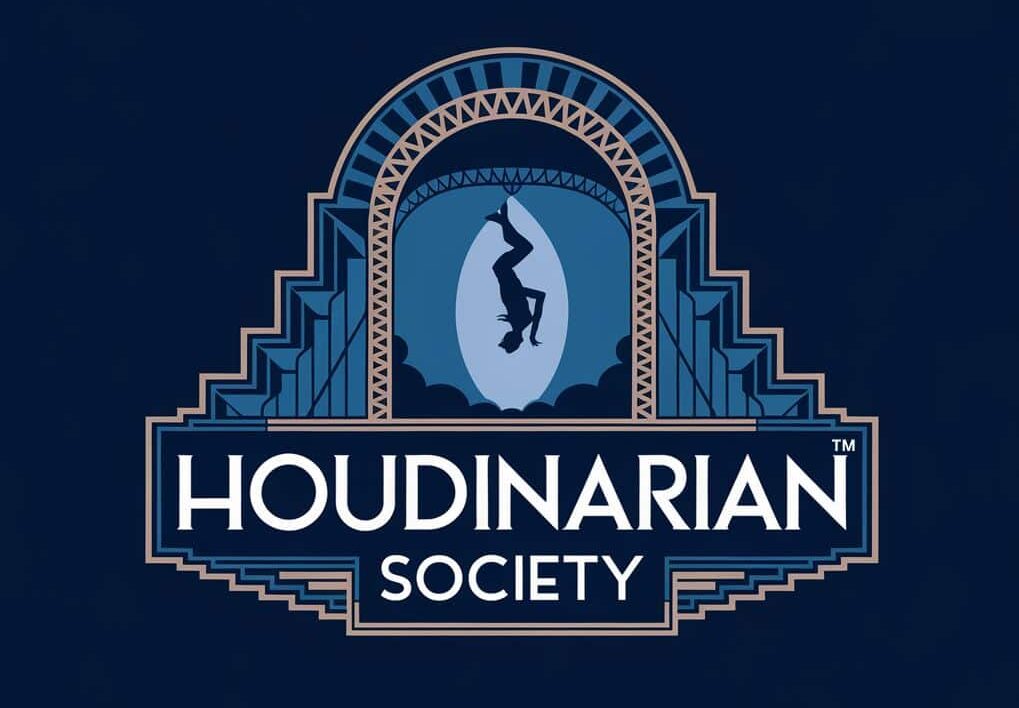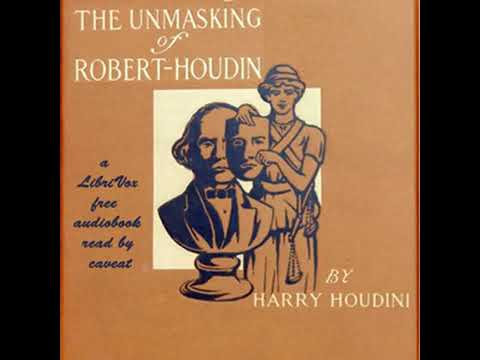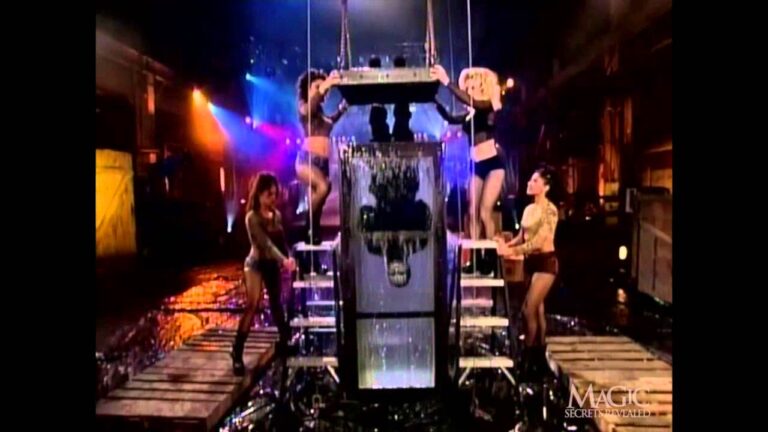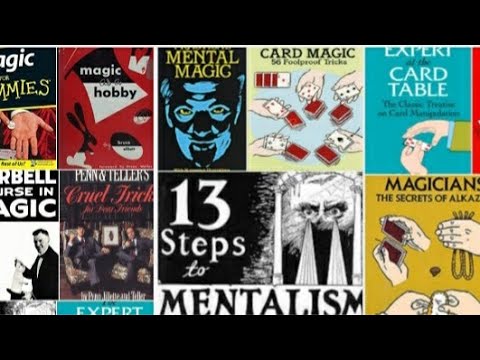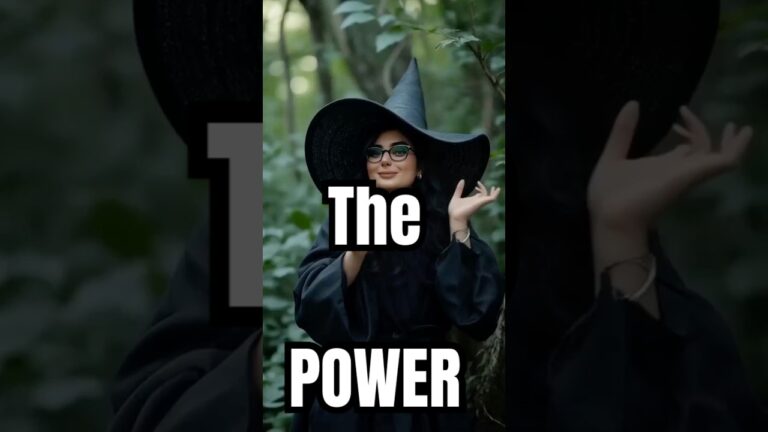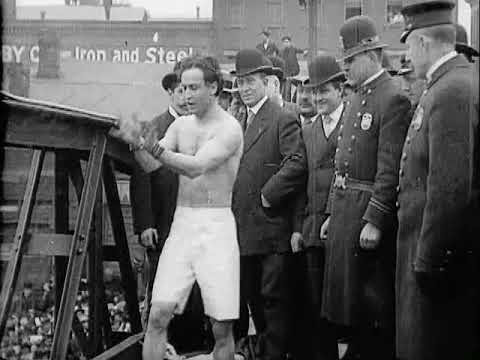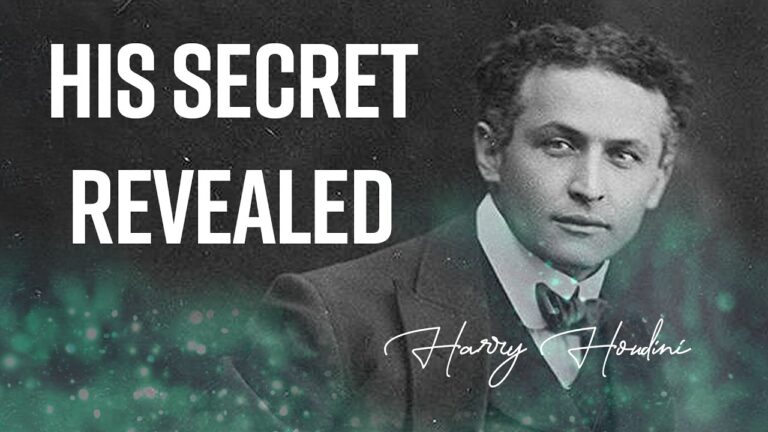The Evolution of Magic: How Historical Events Shaped the Art Form
Magic has captivated audiences for thousands of years, evolving from ancient religious ceremonies to modern entertainment.
The earliest known magic tricks date back to ancient Egypt, Rome, and Greece. Performers used sleight of hand to amaze crowds and demonstrate their connection to divine powers.
The art of magic transformed dramatically through the ages, shaped by technological advances, cultural shifts, and groundbreaking performers who pushed the boundaries of what seemed possible.
You can trace this evolution from simple cup and ball tricks in ancient times to today’s grand illusions that combine psychology, technology, and theatrical elements.
Between 400-1500 CE, magic went through a dark period where it was often linked to the occult.
When it emerged as pure entertainment in later centuries, it found new life in royal courts, theaters, and eventually television screens. This transformation shows how magic adapts to reflect each era’s beliefs, fears, and dreams.
Ancient Origins of Magic

The practice of magic dates back thousands of years, deeply woven into the fabric of ancient civilizations.
Ancient Egyptian priests performed some of the earliest known magic tricks, using their skills to demonstrate divine powers and maintain social order.
Magic in Ancient Religious Ceremonies
Religious leaders used magic to bridge the gap between humans and their gods.
Priests in temples would make statues appear to move, voices emerge from stone, and water turn to wine.
Sacred texts from Mesopotamia reveal complex rituals combining incantations with sleight of hand. Egyptian hieroglyphs show priests using hidden mechanisms to open temple doors and create mysterious sounds.
The Oracle at Delphi employed clever acoustics and natural gas vents to create prophetic visions for visitors. These displays helped maintain the temple’s authority and influence.
Early Magical Practices and Performers
Street performers in ancient Rome mastered the art of cups and balls, a trick still performed today. They used small pebbles or nuts instead of the modern foam balls.
Ancient magicians developed techniques for making objects appear, disappear, and transform. Many used special props like hollow wands and hidden compartments.
Egyptian conjurers specialized in rope tricks and illusions with small animals. Markets and public squares became stages for these early magic shows.
Cultural Significance of Magic in Ancient Societies
Magic served as both entertainment and a tool for social control. Leaders used magical demonstrations to prove their connection to divine powers.
Ancient civilizations relied on magical practices to explain natural phenomena and cope with life’s uncertainties. People consulted magicians for everything from healing to predicting the future.
In Greece and Rome, magic shows became popular at festivals and private gatherings. Wealthy citizens hired performers to amaze their guests with mysterious feats.
Magic helped shape early scientific thinking as performers explored principles of chemistry, mechanics, and psychology to create their illusions.
The Middle Ages and Renaissance

The practice of magic transformed dramatically between 1200-1600 CE, evolving from secretive street performances to sophisticated theatrical shows. Religious tensions and scientific advances created unique challenges and opportunities for magicians during this pivotal period.
The Role of Magic in Medieval Europe
Magic in medieval times existed in a complex space between entertainment and forbidden practice. You would find traveling performers demonstrating sleight of hand in village squares and markets.
The Catholic Church viewed magic with deep suspicion. Many performers faced accusations of witchcraft or demonic influence. This forced magicians to carefully present their acts as pure entertainment rather than supernatural powers.
Street magicians relied heavily on cups and balls routines, along with simple rope tricks. These effects used everyday objects to seem less threatening to religious authorities.
Influence of Alchemy and Mysticism
Alchemists combined magical and scientific elements in their quest to understand natural phenomena. Their work helped develop many principles still used in magic shows today.
Chemical reactions created dramatic smoke effects and color changes. These new techniques expanded the magician’s toolkit beyond simple sleight of hand.
Mystical symbols and ritualistic movements became part of magical performances. This theatrical style helped distinguish trained performers from common street entertainers.
Transition to Court Entertainment
The Renaissance brought new opportunities for magicians to perform at royal courts. You would see increasingly elaborate shows featuring mechanical devices and optical illusions.
Rich patrons funded the development of more complex props and methods. This led to the creation of larger-scale illusions like levitation effects.
Court magicians gained prestige by combining their performances with scientific demonstrations. This helped establish magic as a respected art form rather than mere trickery.
Wealthy audiences demanded more sophisticated entertainment. Magic shows began incorporating elements of theater, music, and costume to create complete productions.
The Enlightenment and Scientific Revolution

The shift from mystical thinking to rational explanations transformed magic performance into a sophisticated art based on scientific principles and psychological manipulation. New discoveries in physics, optics, and mechanics gave magicians powerful tools to create increasingly sophisticated illusions.
Rationalism and the Decline of Superstitious Beliefs
The Scientific Revolution marked a dramatic shift in how people viewed unexplainable phenomena. Magic performers adapted by presenting their acts as demonstrations of natural principles rather than supernatural powers.
During this period, you would find magicians openly admitting their tricks were based on skill and science, not mystical forces. This honesty actually increased audience interest, as people became fascinated by clever mechanical devices and optical illusions.
Performers began incorporating scientific instruments like mirrors, lenses, and pneumatic devices into their shows. These props helped establish magic as entertainment rather than evidence of supernatural abilities.
The Birth of Modern Magic Theories
The Enlightenment era brought systematic analysis to magical methods. Magicians started documenting their techniques and developing theoretical frameworks for creating deception.
You can trace many modern magic principles to this period, when performers began applying scientific methods to analyze audience perception and psychology.
Magic innovators developed the first formal systems for misdirection, timing, and theatrical presentation. These theories formed the foundation of what would become modern magical arts.
Key Figures and Innovations in Magic
Notable Pioneers:
- Jean Eugène Robert-Houdin: Applied principles of clockmaking to create groundbreaking mechanical illusions
- Giovanni Giuseppe Pinetti: Introduced scientific demonstrations into magic shows
- Philip Breslaw: Published one of the first analytical works on conjuring methods
Revolutionary Innovations:
- Automated figures and early robotics
- Advanced optical illusions using mirrors and lenses
- Mechanical card manipulation devices
- Early versions of mentalism based on probability and psychology
These developments set the stage for magic’s transformation into a respected theatrical art form.
The Industrial Revolution and Houdini’s Impact
The rapid rise of industry and technology in the late 1800s created new opportunities for magicians to innovate their craft. These changes transformed magic from simple street performances into sophisticated theatrical productions.
Technological Advances and Their Influence on Magic
Electric lights made stage effects more dramatic and allowed for new types of illusions. You could now see dazzling magic shows with spotlights, colored gels, and shadow play.
Steam power and mechanical innovations gave magicians new tools to work with. The invention of specialized equipment let performers create more complex illusions than ever before.
Hidden trapdoors, mechanical lifts, and mirrors became more sophisticated thanks to industrial manufacturing. These tools helped magicians perform seemingly impossible feats.
Houdini’s Contributions to the Art of Magic
Houdini’s death-defying escapes from handcuffs, chains, and underwater tanks captured the public’s imagination. His most famous stunts included breaking free from police restraints and the Chinese Water Torture Cell.
His marketing genius turned magic into headline news. He challenged police departments to restrain him and offered cash prizes to anyone who could keep him confined.
Houdini exposed fake mediums and spiritualists, protecting the public from fraud. This helped establish magic as a respected form of entertainment rather than supernatural trickery.
Industrialization and Changing Audience Expectations
In an era of rapid industrialization, audiences craved more spectacular entertainment. Simple card tricks gave way to grand stage illusions with elaborate mechanical effects.
Factory workers related to escape acts as symbols of breaking free from industrial constraints. Your daily struggles made Houdini’s triumphs over restraints feel personal and inspiring.
Theater venues grew larger to accommodate industrial-age crowds. This pushed magicians to create bigger, more visible illusions that could be seen from the back row.
The Early 20th Century: Social Movements and Magic
The first decades of the 1900s brought major changes to magic performance. Social upheaval, new entertainment venues, and shifting cultural values transformed how magicians practiced their craft and connected with audiences.
The Role of Magic During Wartime
Magic played a vital role in boosting troop morale during World War I. Professional magicians toured military bases, performing shows that gave soldiers much-needed moments of wonder and escape.
Some magicians used their skills to help the war effort in unique ways. You might be surprised to learn that illusionists helped develop camouflage techniques and taught troops methods of deception.
Military hospitals also embraced magic as therapy. Injured soldiers learned simple tricks as part of their rehabilitation, helping them rebuild dexterity and confidence.
Magic and the Rise of Vaudeville
Magic acts became a staple of vaudeville theaters, where performers had to adapt their shows to suit diverse audiences. You’d find magicians sharing bills with singers, dancers, and comedians.
The fast-paced vaudeville format forced magicians to create shorter, more dramatic routines. Big illusions gave way to snappy effects that could grab attention quickly.
Famous performers like Howard Thurston and Harry Kellar drew massive crowds to vaudeville houses. Their success inspired a new generation of performers to embrace this entertainment style.
Influence of Social and Cultural Shifts on Performance Styles
The women’s suffrage movement influenced magic significantly. Female magicians began stepping into spotlight roles rather than serving as assistants.
Rapid urbanization changed how magic was presented. You’d see more sophisticated effects that appealed to city audiences, replacing the rustic style of traveling shows.
The rise of scientific thinking pushed magicians to frame their acts differently. Instead of claiming supernatural powers, performers began emphasizing skill and mystery. This shift made magic more credible to educated audiences.
Modern technology like electric lights created new possibilities for illusions. You could now experience effects that would have been impossible in gaslit theaters.
Magic in the Mid to Late 20th Century
The period between 1950-2000 marked incredible changes in magic performance and presentation. New technology and media channels transformed how audiences experienced magic tricks and illusions.
Television and the Transformation of Magic
Television magic shows became a revolutionary force in the 1950s and 1960s. You could now watch magicians perform impossible feats right in your living room.
Mark Wilson’s “Magic Land of Allakazam” pioneered magic on TV in 1960. His weekly show brought magic to millions of viewers and inspired countless young performers.
David Copperfield’s TV specials in the 1980s and 1990s redefined what was possible. His grand illusions like making the Statue of Liberty disappear captivated global audiences.
The Cultural Impact of Famous Magicians
Doug Henning brought a fresh, hippie-style approach to magic in the 1970s. His colorful costumes and cheerful personality made magic feel modern and accessible.
Penn & Teller emerged in the 1980s with their unique blend of comedy and magic. Their act challenged traditional magic by revealing some tricks while keeping others mysterious.
David Blaine introduced street magic in the 1990s. His up-close performances and endurance feats created a new style of magic that felt raw and real.
Evolution of Magic Techniques and Audience Interaction
Magic became more interactive as performers moved away from traditional stage shows.
Close-up magic gained popularity in bars, restaurants, and private events.
New technology brought fresh possibilities. Magicians incorporated lasers, video screens, and computerized effects into their acts.
The rise of magic shops and instructional videos made learning magic more accessible than ever.
You could now master complex techniques from home through detailed teaching materials.
Magic conventions grew larger and more frequent. These events let magicians share ideas and showcase new methods to their peers.
Contemporary Magic and Modern Entertainment
Modern magic has transformed dramatically through technological advances and cultural shifts.
Technology enables new illusions while social media and streaming platforms bring magic to wider audiences.
Integration of Digital Technology in Magic
Digital props and virtual reality elements have revolutionized traditional magic acts.
You’ll see magicians using smartphones, tablets, and projection mapping to create stunning visual effects.
LED screens and motion sensors allow performers to interact with digital elements in real-time. These tools create illusions that would be impossible with physical props alone.
Social media platforms give magicians new ways to reach audiences.
Instagram and TikTok’s short-form videos have created a new genre of “digital magic” that works specifically for mobile screens.
Magic’s Role in Contemporary Pop Culture
Television shows like “Penn & Teller: Fool Us” have made magic more accessible to mainstream audiences.
You can now watch top magicians perform and explain their craft from your living room.
Magic has found its way into music concerts and corporate events. Many performers blend traditional sleight of hand with modern storytelling techniques.
Online magic communities help both beginners and professionals share knowledge.
YouTube channels dedicated to magic tutorials have millions of subscribers.
The Future of Magic in the Digital Age
Augmented reality shows promise for creating new types of magical experiences. You’ll soon see performances that blend physical and digital realities seamlessly.
AI and machine learning could help create more sophisticated illusions. Smart props might adjust their behavior based on audience reactions.
Live streaming platforms will continue to change how magic is performed and consumed. Virtual magic shows let you experience performances from anywhere in the world.
Custom mobile apps are emerging as tools for interactive magic experiences. These apps let you participate in tricks rather than just watch them.
